Korakrit Arunanondchai
13 Sep - 10 Nov 2019

Korakrit Arunanondchai, exhibition view, Secession 2019, Courtesy of the artist, Clearing, New York & Carlos/Ishikawa, London, photo: Sophie Thun
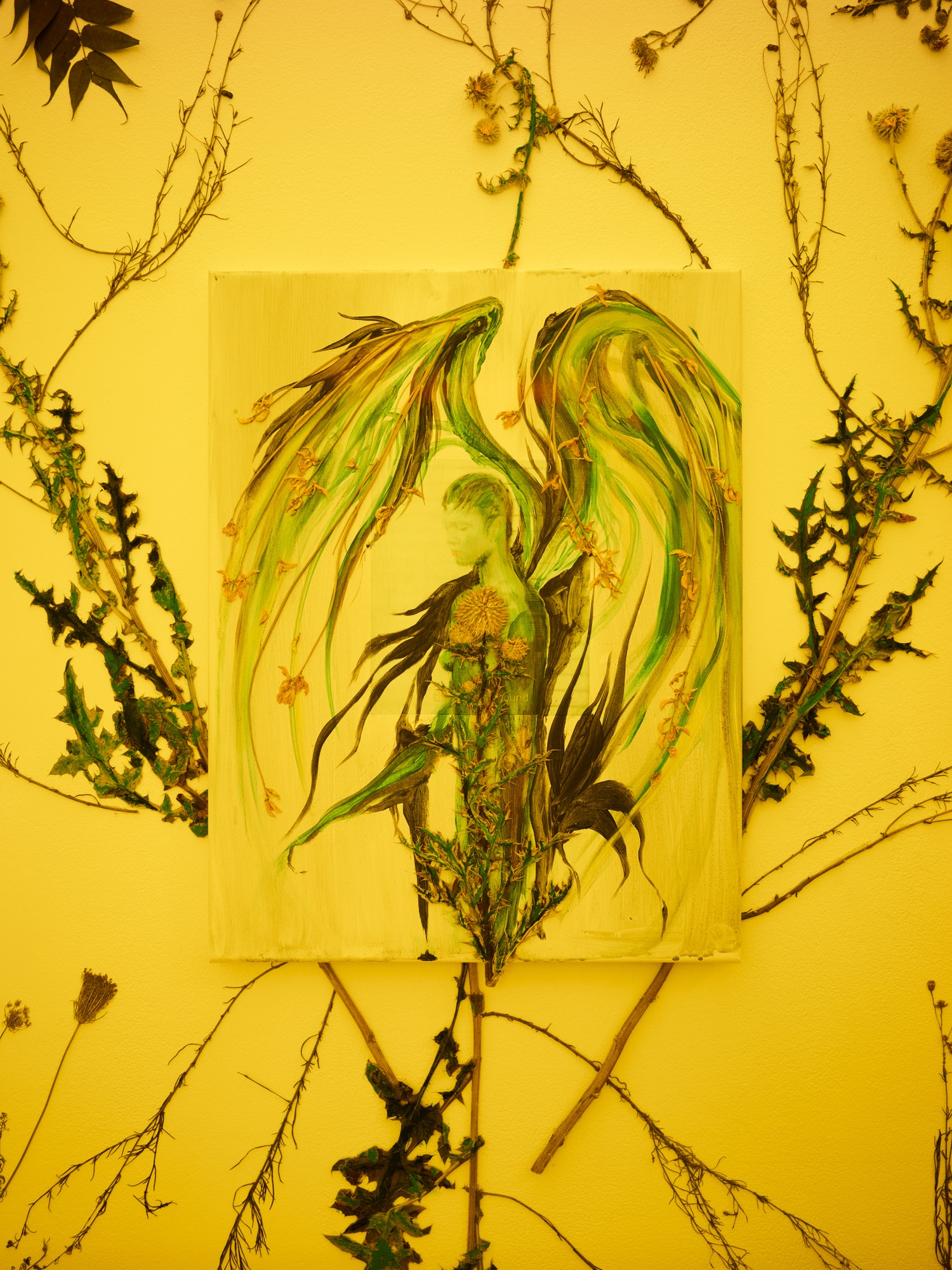
Korakrit Arunanondchai, exhibition view, Secession 2019, Courtesy of the artist, Clearing, New York & Carlos/Ishikawa, London, photo: Sophie Thun
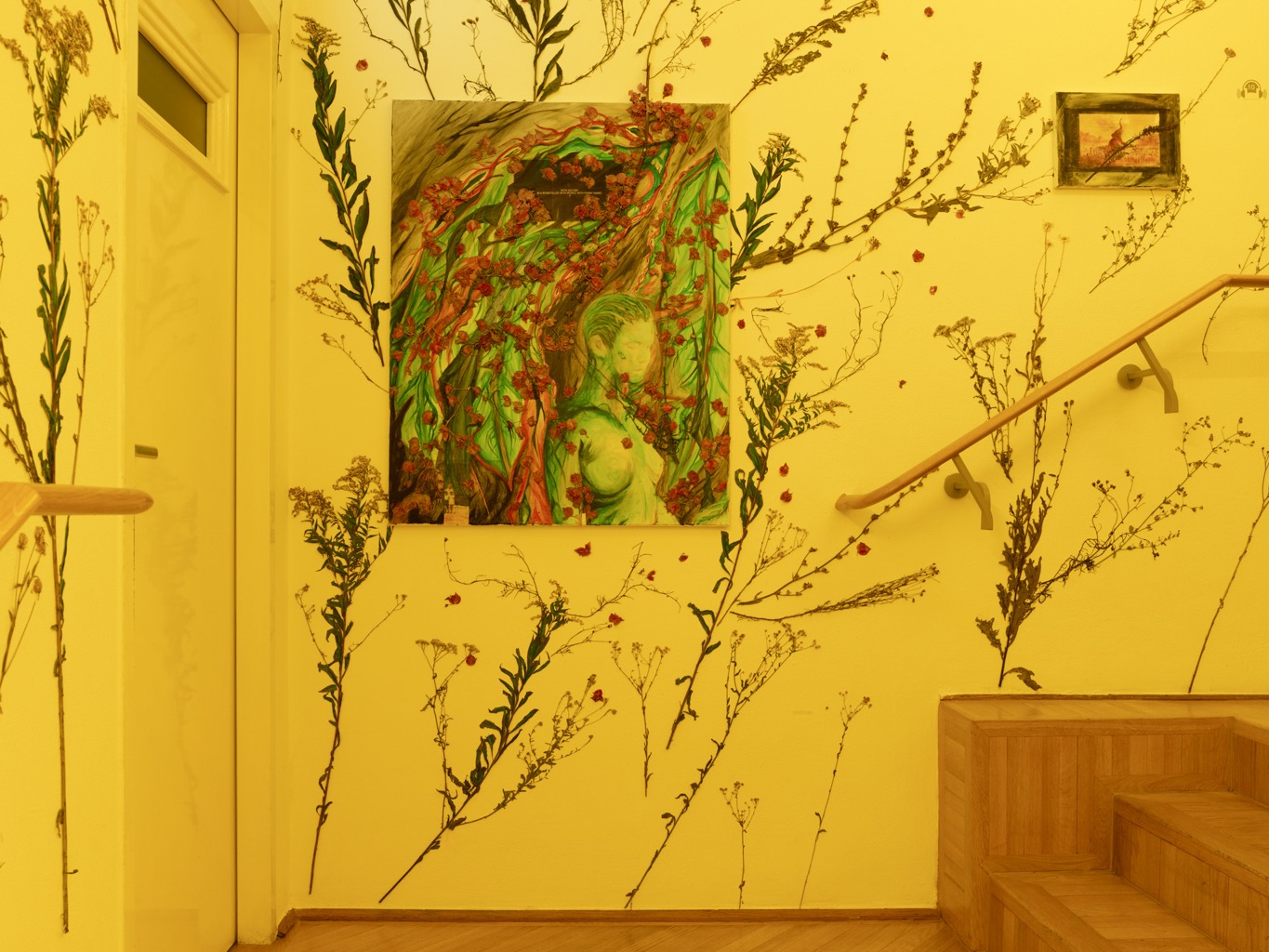
Korakrit Arunanondchai, exhibition view, Secession 2019, Courtesy of the artist, Clearing, New York & Carlos/Ishikawa, London, photo: Sophie Thun
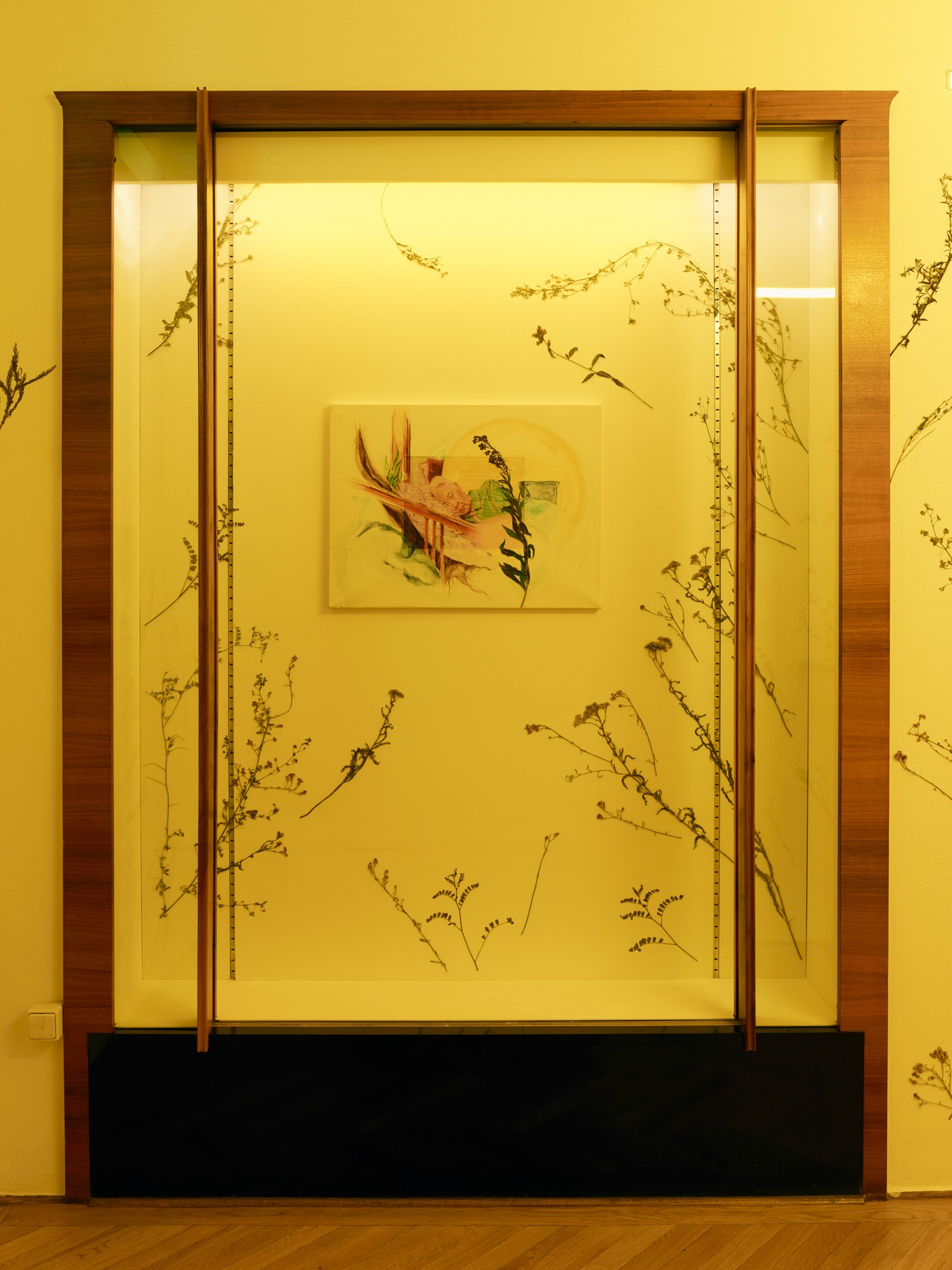
Korakrit Arunanondchai, exhibition view, Secession 2019, Courtesy of the artist, Clearing, New York & Carlos/Ishikawa, London, photo: Sophie Thun
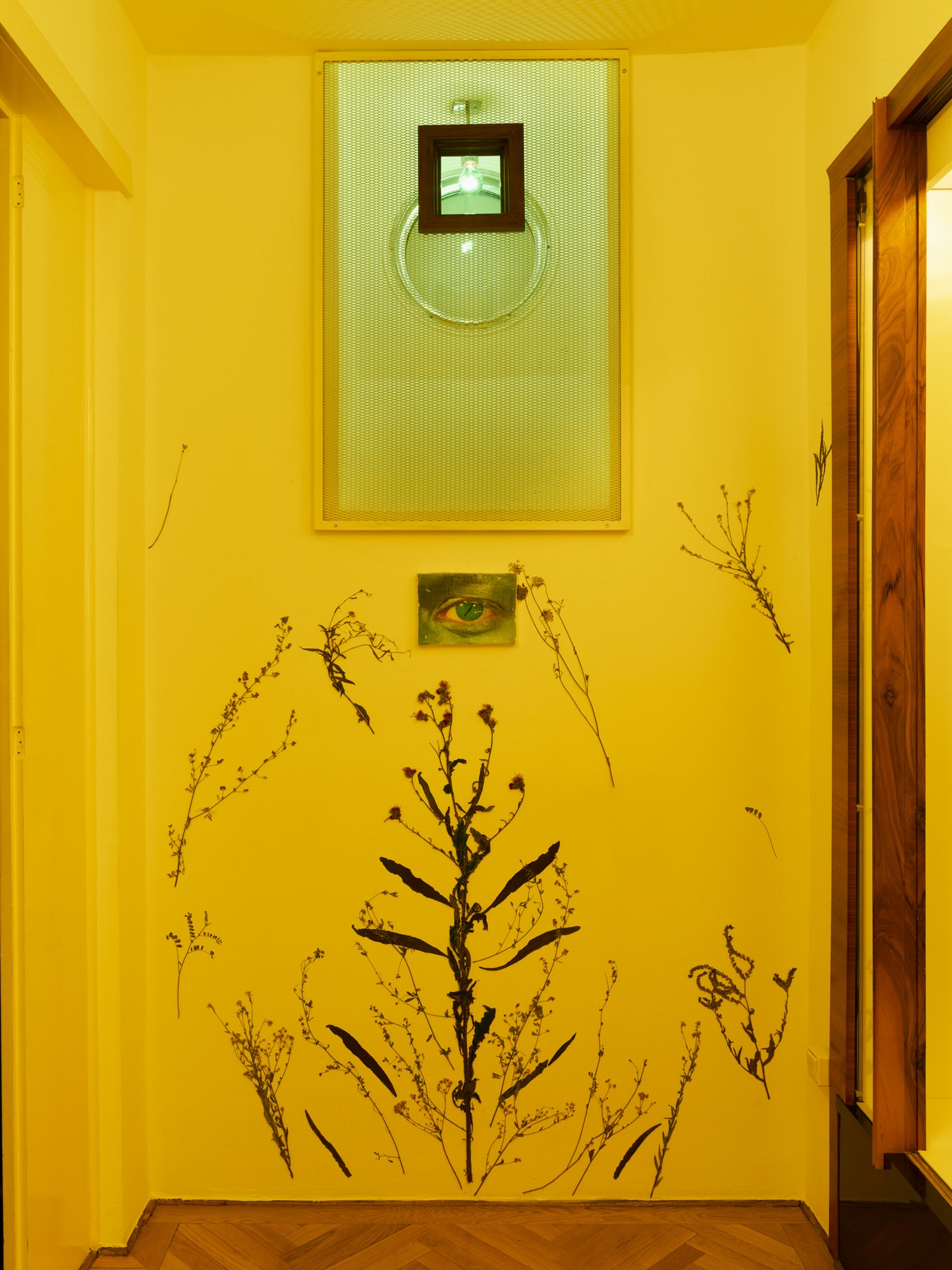
Korakrit Arunanondchai, exhibition view, Secession 2019, Courtesy of the artist, Clearing, New York & Carlos/Ishikawa, London, photo: Sophie Thun
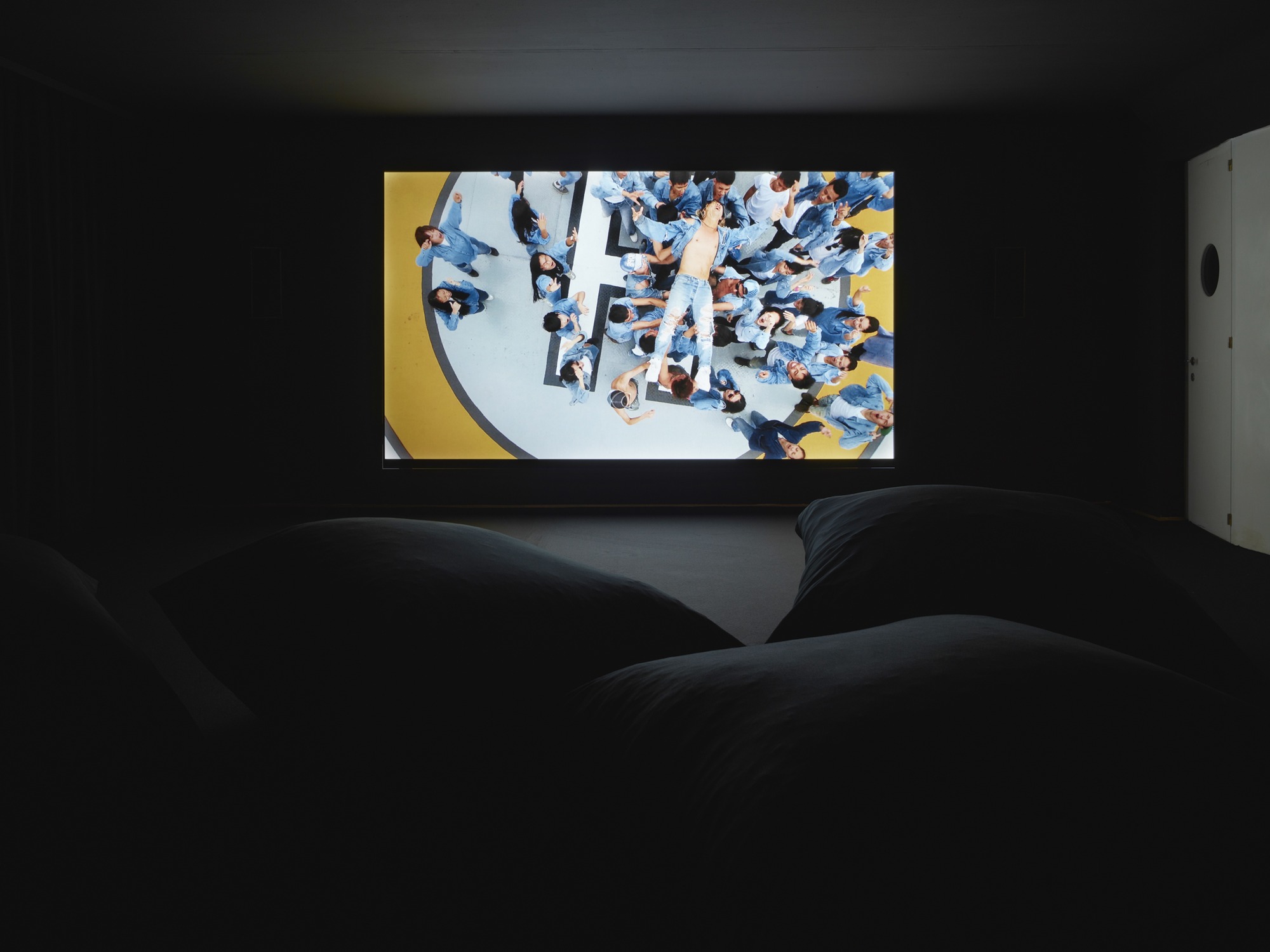
Korakrit Arunanondchai, exhibition view, Secession 2019, Courtesy of the artist, Clearing, New York & Carlos/Ishikawa, London, photo: Sophie Thun
KORAKRIT ARUNANONDCHAI
13 September – 10 November 2019
The artist and filmmaker Korakrit Arunanondchai works on one large body of work that focuses on the idea of a “living archive.” He is interested in relationships that pass through time and mutate with bodies of people, something that parallels the development of recorded history but sidesteps its linearity and single point of perspective in storytelling. As its recurring central character, his ongoing video series together with history in a room filled with people with funny names (2012—) features a fictional painter who paints on denim using it as a connecting fabric amongst different worlds and contexts. Being a material that originated in the west, and earned itself the significance of a working class fabric, denim itself, then traveling to the rest of the world thanks to globalization, bares parallel trajectory to what raw canvas is for Western Abstract painting. Denim is used as a foundation, both as ground for pictures that result from performative body painting actions and as an underlying narrative in the videos whose protagonists are dressed in this cloth. These are, alongside long-time collaborators and friends, the artist’s family members – most notably his grandparents.
Around every two years, when a new episode is added, the video series is updated and thus becomes an archive of thoughts and feelings on important events and people around Arunanondchai’s life. In the series together with history in a room filled with people with funny names, the protagonists perform in a variety of surroundings and situations that reflect upon the natural environment in the Anthropocene, technological evolution, politics, traditional beliefs and culture in transition. Watching the videos one starts to feel the texture that binds different emotional states and different geographical contexts together.
Korakrit Arunanondchai frequently combines film, performance, painting, and sculpture to form lush, immersive installations. He is interested in relationships that pass through time and mutate with bodies of people, something that parallels the development of recorded history but sidesteps its linearity and single point of perspective in storytelling. Recently, he has used the method of overlaying the structural relationships that form animistic beliefs with those of the global information network. The story of the near future becomes a version of a narrative from a far imagined past, and the dichotomy between spirituality and technology increasingly seems to fall apart into a spectrum of greyness that produces a multiple “shared present.”
While Korakrit Arunanondchai turns Secession’s Grafisches Kabinett into a black box to present the three videos 2556 (2013), Painting with history in a room filled with people with funny names 3 (2015), and with history in a room filled with people with funny names 4 (2017), he uses the staircase leading up to the screening room for a floral wallpaper, using pressed wild flowers and weeds collected in Vienna as an ode to the golden dome on the top of the Secession building. Hung on the floral wallpaper is a series of new paintings, each referencing a still from one of Arunanondchai’s videos.
Korakrit Arunanondchai was born in Bangkok in 1986 and lives and works in New York and Bangkok.
13 September – 10 November 2019
The artist and filmmaker Korakrit Arunanondchai works on one large body of work that focuses on the idea of a “living archive.” He is interested in relationships that pass through time and mutate with bodies of people, something that parallels the development of recorded history but sidesteps its linearity and single point of perspective in storytelling. As its recurring central character, his ongoing video series together with history in a room filled with people with funny names (2012—) features a fictional painter who paints on denim using it as a connecting fabric amongst different worlds and contexts. Being a material that originated in the west, and earned itself the significance of a working class fabric, denim itself, then traveling to the rest of the world thanks to globalization, bares parallel trajectory to what raw canvas is for Western Abstract painting. Denim is used as a foundation, both as ground for pictures that result from performative body painting actions and as an underlying narrative in the videos whose protagonists are dressed in this cloth. These are, alongside long-time collaborators and friends, the artist’s family members – most notably his grandparents.
Around every two years, when a new episode is added, the video series is updated and thus becomes an archive of thoughts and feelings on important events and people around Arunanondchai’s life. In the series together with history in a room filled with people with funny names, the protagonists perform in a variety of surroundings and situations that reflect upon the natural environment in the Anthropocene, technological evolution, politics, traditional beliefs and culture in transition. Watching the videos one starts to feel the texture that binds different emotional states and different geographical contexts together.
Korakrit Arunanondchai frequently combines film, performance, painting, and sculpture to form lush, immersive installations. He is interested in relationships that pass through time and mutate with bodies of people, something that parallels the development of recorded history but sidesteps its linearity and single point of perspective in storytelling. Recently, he has used the method of overlaying the structural relationships that form animistic beliefs with those of the global information network. The story of the near future becomes a version of a narrative from a far imagined past, and the dichotomy between spirituality and technology increasingly seems to fall apart into a spectrum of greyness that produces a multiple “shared present.”
While Korakrit Arunanondchai turns Secession’s Grafisches Kabinett into a black box to present the three videos 2556 (2013), Painting with history in a room filled with people with funny names 3 (2015), and with history in a room filled with people with funny names 4 (2017), he uses the staircase leading up to the screening room for a floral wallpaper, using pressed wild flowers and weeds collected in Vienna as an ode to the golden dome on the top of the Secession building. Hung on the floral wallpaper is a series of new paintings, each referencing a still from one of Arunanondchai’s videos.
Korakrit Arunanondchai was born in Bangkok in 1986 and lives and works in New York and Bangkok.
